This electrical cable is damaged - it wouldn't be safe to touch it if it was plugged into anything. Why do you think that is?
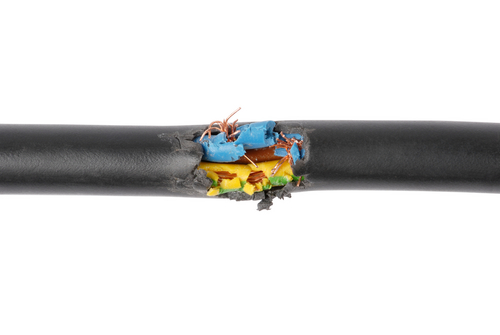
The black cable has three smaller cables inside it. We can see different layers of plastic, plus some exposed copper wire. The copper would be dangerous to tough because it is an electrical conductor.
Let's learn more about electrical conductors and insulators!
Electricity is the flow of charged particles in a circuit. In the circuits we use in our homes, electrons flow through wires, carrying electrical energy. Electrons are tiny particles that we find in atoms.
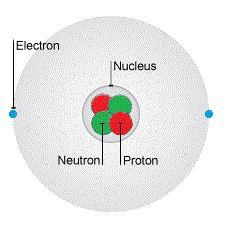
This is an atom. All atoms have a nucleus in the centre, which contains neutrons and protons. But, what we are going to focus on are the electrons. They are very small and have a negative charge.
In this circuit, the purple arrows show the flow of electrons. The electrons carry the electrical energy in the circuit. However, not all materials allow electricity to flow through them easily.
An electrical conductor allows electricity to flow through it easily. Generally, metals like copper, iron, and so on, are good electrical conductors.
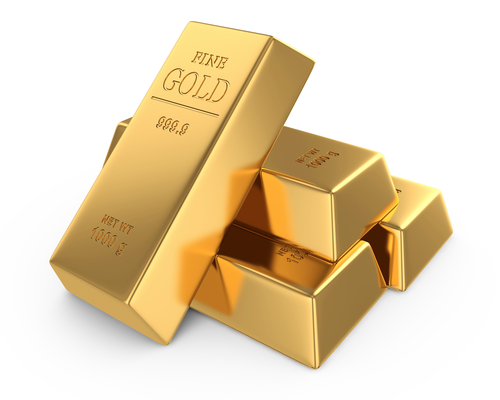
An electrical insulator does not allow electricity to flow through it easily. They are poor conductors. Examples include plastic, rubber and glass.
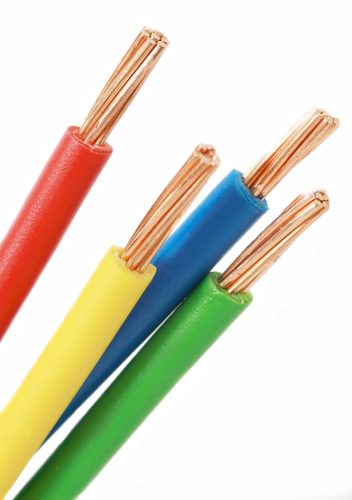
Plastic is used to cover wires because it is an insulator. The copper inside conducts the electricity, and the plastic protects us from any electric shocks.
So, why are metals normally good conductors? Why are plastics poor conductors?
In metals, many of the electrons are free to move around. These free electrons can carry electrical energy in a circuit.
The more free electrons, the better the material is at conducting. Metals like copper have more free electrons than metals like tin, so copper conducts electricity better than tin.
Copper has a very low resistance to the flow of electricity.

Electrical insulators have a very small number of free electrons, making it very difficult for electricity to flow through them. They have a very high resistance.
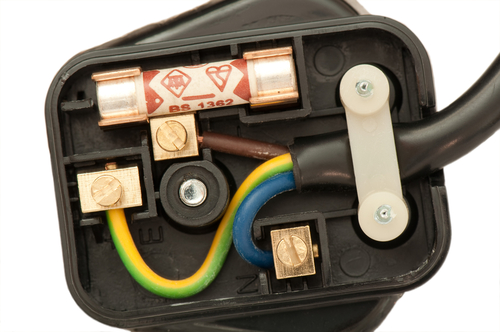
The casing of this plug is plastic. It has hardly any free electrons. It is a poor conductor, so it is safe for us to handle.
Now that we have a better understanding of conductors and insulators, let's try some questions!

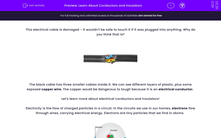


.PNG)





